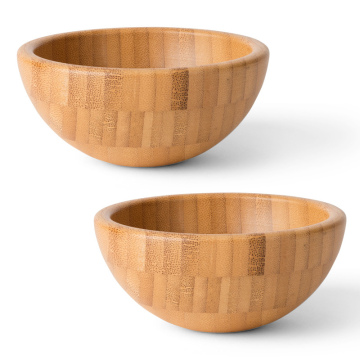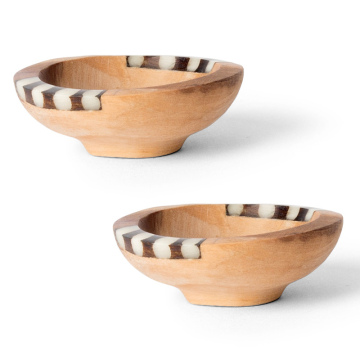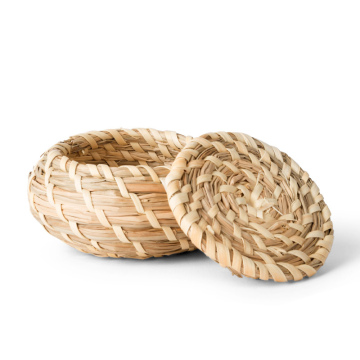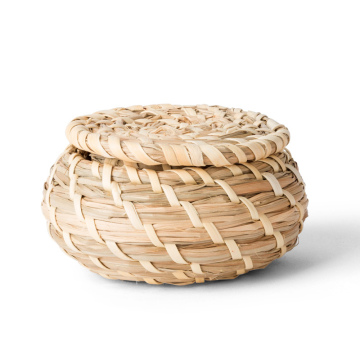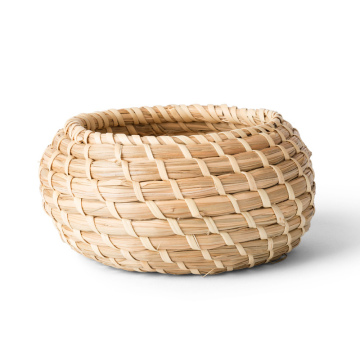Unagi Delights: A Culinary Trip Through Japan
Understanding Unagi: The Jewel of Japanese Cuisine
Unagi, or freshwater eel, holds a distinguished place in Japanese gastronomy, celebrated not only for its unique flavor and texture but also for its deep-rooted historical and cultural significance. The consumption of unagi dates back to ancient times, where it was noted in classical Japanese texts from the 8th century. Its popularity soared during the Edo period, when chefs began to perfect grilling methods that showcased the delicate richness of this fish. Today, unagi is considered a delicacy, often prepared in a way that allows its subtle taste to shine through.
The preparation of unagi typically involves a meticulous process, which includes filleting, soaking in a sweet soy-based sauce called tare, and grilling over charcoal. This method not only enhances the eel's charismatic flavor but also creates a delightful contrast between the crispy skin and tender meat. The art of grilling unagi has been passed down through generations of Japanese chefs, emphasizing precision, skill, and respect for the ingredient. Various types of unagi are found across Japan, with each region showcasing its own distinct characteristics based on local waters and culinary traditions.
Unagi is particularly cherished during the summer months, where a custom known as “Doyo no Ushi no Hi” promotes the consumption of this delicacy. This celebration coincides with the Japanese belief that eating unagi during the hot season helps combat fatigue and boosts stamina. The seasonal aspect of unagi consumption reflects a broader connection in Japanese culture to nature and the changing seasons, as well as an appreciation for ingredients that are at their peak. It is in these ways that unagi solidifies its status as not only a staple of Japanese cuisine but as a symbol of resilience and the art of eating well.
The Art of Preparing Unagi: Tradition Meets Technique
Preparing unagi, or eel, is a revered culinary art that embodies the dedication to tradition and the precision of technique found in Japanese cuisine. The journey begins with sourcing the highest quality eel, which is vital for achieving an exceptional dish. Traditionally, the most sought-after unagi is sourced from Lake Hamana in Shizuoka Prefecture or the Sumida River in Tokyo. The importance of selecting live eels cannot be overstated, as the freshness impacts the overall flavor and texture of the final meal.
Once the finest eel has been procured, the preparation process begins. First, the eel is cleaned thoroughly to ensure the best taste. It is then filleted, a skill that requires years of practice to master. The unagi chef, or unagishi, uses specialized knives to ensure clean cuts and preserve the integrity of the delicate flesh. This pivotal step sets the stage for the grilling process that follows.
The art of grilling unagi involves various techniques that can significantly affect its flavor. The most traditional method is using a charcoal grill called "sumibi," which imparts a unique smoky aroma. The eel is often brushed with a marinade known as "tare," made from soy sauce, mirin, and sake. The application of this glaze during grilling enhances the richness of the eel and caramelizes its surface, creating a shiny, appealing exterior. The unagishi must maintain a careful eye on the cooking process, ensuring the eel is neither undercooked nor overcooked, which would compromise its texture and taste.
Moreover, skillful presentation is crucial in unagi preparation. The dish is often served atop a bed of rice, accompanied by pickled vegetables or garnishes that enhance the visual appeal. In conclusion, the preparation of unagi is a meticulous process steeped in tradition, showcasing the culinary expertise that has been passed down through generations, culminating in a dish that is both a feast for the palate and the eyes.
Exploring Regional Variations: Unagi Around Japan
Unagi, or freshwater eel, is a cherished delicacy in Japan, celebrated for its rich flavor and versatility. Regional variations of unagi dishes illustrate the country's diverse culinary landscape, showcasing how local ingredients and traditions shape its preparation and presentation. Two notable styles are Kansai-style and Kanto-style unagi, each offering a distinct experience.
Kanto-style unagi, predominantly found in Tokyo and the surrounding regions, is characterized by its grilling technique. The eel is typically filleted, then skewered and grilled over charcoal, resulting in a tender texture and smoky flavor. It is often glazed with a sweet soy-based sauce, creating a delicious caramelized exterior. In contrast, the Kansai-style, prevalent in areas like Osaka and Kyoto, sees the eel grilled before being sliced, allowing the natural flavors to take center stage. The unagi is often served with a simpler sauce and can be enjoyed over rice or as part of a more elaborate meal.
While the preparation methods differ, the use of local ingredients enhances the unagi culinary experience across Japan. For instance, certain regions might incorporate unique plants or spices to create a distinctly regional flavor profile. To savor authentic unagi dishes, visitors should consider dining at well-known establishments. In Tokyo, "Ishikawa" is celebrated for its meticulous Kanto-style unagi, while "Katsukura" in Kyoto offers an exquisite Kansai culinary experience.
Moreover, local festivals often feature unagi as a highlight, emphasizing its cultural significance. The Nagoya Unagi Festival and the Unagi Matsuri in Shizuoka attract food enthusiasts eager to explore the delicious offerings. These events not only celebrate the culinary artistry of unagi but also provide insight into the geographical influences that shape this delectable dish. Through these regional variations, unagi transcends mere sustenance, embodying the rich culinary heritage of Japan.
Pairing Unagi: Perfect Complements for an Unforgettable Meal
When it comes to enhancing the dining culinary experience centered around unagi, the right accompaniments and beverages are essential. Traditionally served grilled and glazed with a sweet soy sauce known as tare, unagi pairs beautifully with various side dishes and drinks that complement its rich, smoky flavor. One of the most common pairings is a bowl of steamed white rice, which acts as a neutral base that allows the taste of the unagi to shine. Additionally, a sprinkle of sansho pepper can elevate the meal with a touch of citrus and spiciness, balancing the sweetness of the tare.
There are also traditional side dishes that enrich the meal culinary experience, such as tsukemono (Japanese pickles) that provide a refreshing contrast to the tender unagi, and miso soup, which adds warmth. Seasonal vegetables, either grilled or sautéed, can further enhance the flavor profile of the dish while offering a nutritious balance.
When it comes to beverages, sake is often the beverage of choice for pairing with unagi. The mild acidity and umami characteristics found in quality sake can elevate the overall dining culinary experience, making each bite more enjoyable. For those who prefer beer, a light, crisp Japanese lager can also serve as a refreshing complement, cutting through the richness of the dish. Another delightful option is umeshu, a Japanese plum wine, which provides a sweet and fruity contrast to the savory elements of unagi.
Finally, understanding the cultural practices surrounding meal presentation and etiquette is crucial for fully appreciating unagi. Attention to detail in the arrangement of food on the plate, the use of seasonal garnishes, and practicing mindful eating are all integral to honoring this traditional dish. By combining flavor with cultural respect, diners are sure to create a memorable culinary experience centered around unagi.


